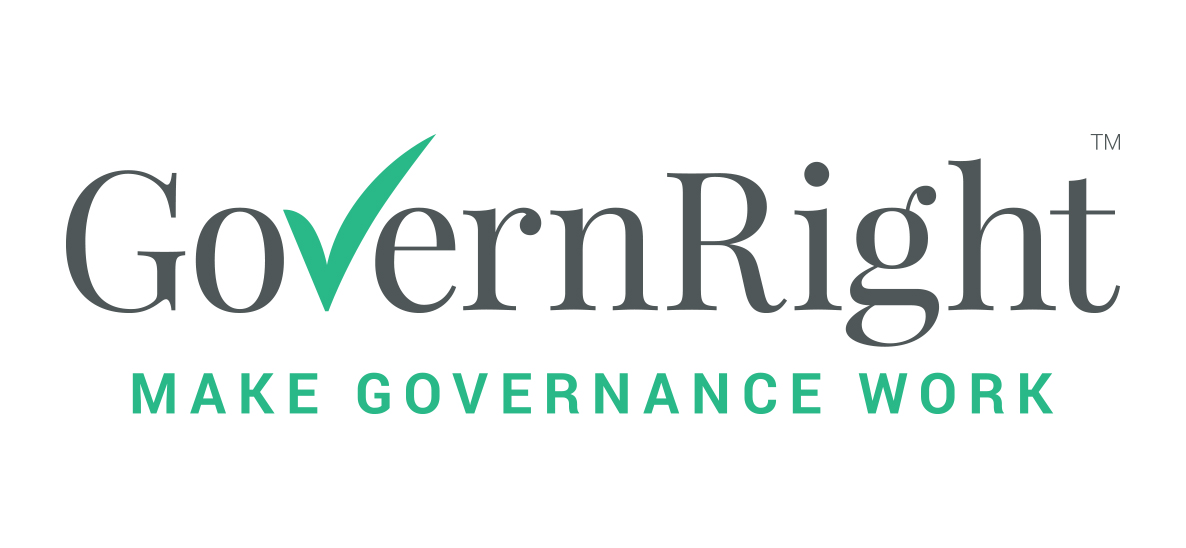Elements of Trust
The elements of trust can be depicted as follows:
If you look at trust and break it down, it’s a function of three things. It’s a function of
having a common goal,
having confidence in one’s ability and one other’s ability,
and having a framework that allows you to have constructive yet direct feedback.
1. Common Goal
A common goal is necessary to nurture a trusting team – it’s impossible to trust someone you don’t believe to be on the same page as you. Time will be wasted seeking to analyse organisational strengths and weaknesses if an accepted and supported organisational goal – a common view of what success looks like now and in the future - has not been bedded down among the leadership team. In strategic planning parlance, it is more useful to first agree where an organisation wants to go before analysing where it is now.
2. Confidence in Ability
Next, it’s difficult to trust a colleague whose ability you don’t rate. Yet, that lack of rating may be due to a lack of knowledge or understanding of your colleague’s ability rather than an absence of ability. In building a strong leadership team, it is essential that Board and executive team members come to know and respect the skills, knowledge, experience and qualifications that their colleagues bring to the table.
3. Feedback
Acknowledging the importance of feedback in building a trusting relationship among and between board and executive team members, highlights the importance and value of the modern board pack. It is essential that management provides the board with the correct and necessary information to support its role to oversee Growth, Change, Risk and Resource Deployment.


